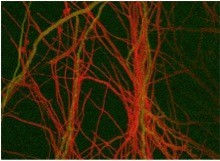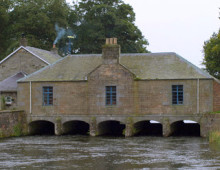Poplar leaf rust fungal genome project on KRVN
Wheat stem rust causes major epidemics of both barley and wheat worldwide. A strain known as Ug99 has spread across Africa and into Central Asia, and has been able to overcome most of the stem-rust-resistant wheat varieties developed over the past 50 years. Poplar leaf rust can cause significant losses in poplar tree plantations. Poplar… [Read More]


